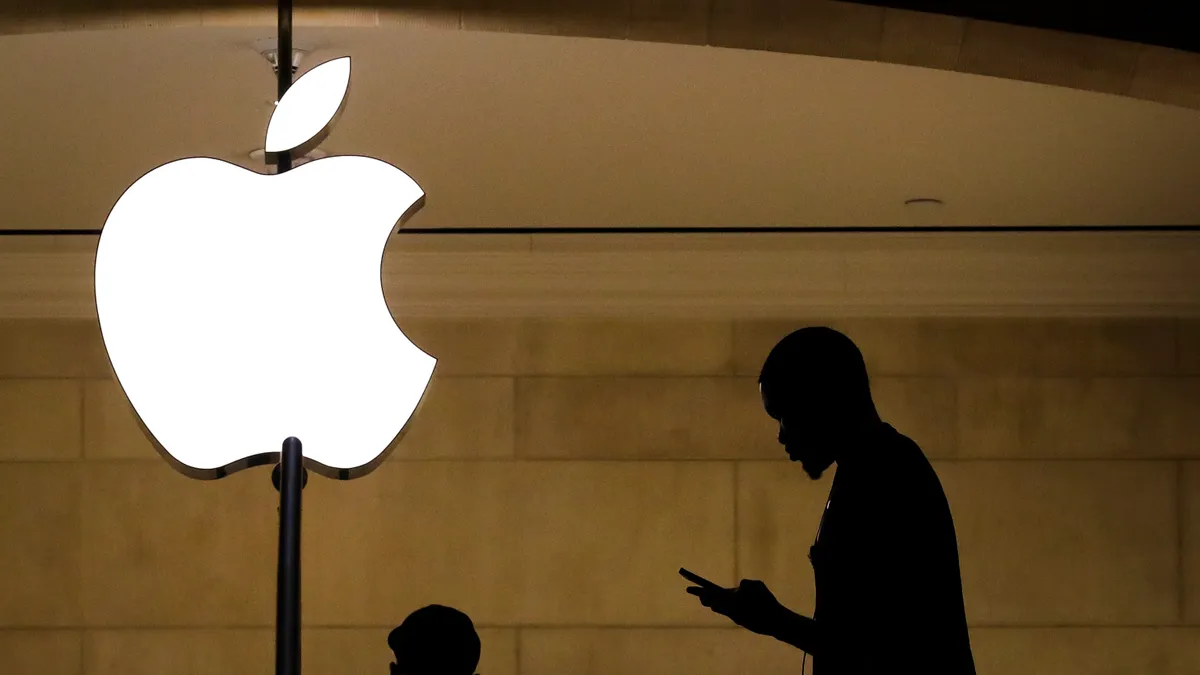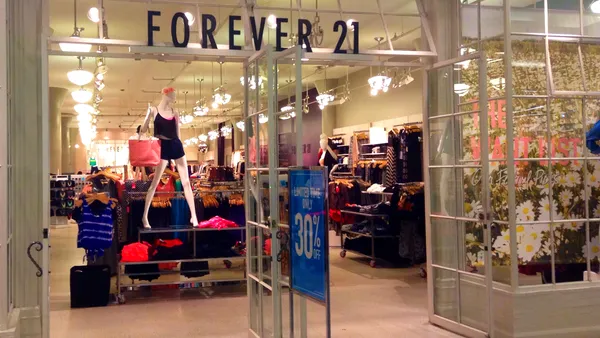Apple has joined the buy now, pay later wave.
The iPhone maker on Monday announced the launch of Apple Pay Later, which will allow users to split the cost of an Apple Pay purchase into four equal payments over a six-week period, with no interest or fees. The new function will is built into Apple's digital wallet and it's available to consumers now.
Users can apply for the new service when they check out with a purchase using Apple Pay, or in the digital wallet, the company said in a press release. Apple Pay Later, available only to U.S. consumers, will be accepted online or for in-app purchases via the Mastercard network. "Users can receive detailed receipts and order tracking information in Wallet for Apple Pay purchases with participating merchants," per the release.
An Apple spokesperson didn’t immediately respond to a request for comment for this story.
The introduction of Apple Pay Later could be a boon for Apple Pay. Insider Intelligence expects Apple Pay user numbers to surge from 45.4 million this year to 56.6 million in 2026. “Apple can drive that growth and accelerate their game, perhaps through the launch of its BNPL, because it can grab users,” said Jaime Toplin, a senior research analyst for payments and commerce at Insider Intelligence, in an interview.
“Users might start using Apple Pay to get the BNPL because it's simple and it's seamless," Toplin said. "It's built into a payment app." “It's not like you have to open an account with another provider and that could be extremely appealing because of how simple it is,” she said.
Cupertino, California-based Apple might be turning to other services like digital payments to pick up the slack from the decline in iPhone sales growth, down from a 2015 peak.
Earlier this year, Bloomberg reported that Apple is developing technology that would enable merchants to process transactions without any special equipment. The big tech company appears interested in taking on financial tasks traditionally done by banks including payment processing, risk assessment for lending, fraud analysis and credit checks.
“Financial services help keep users glued to their iPhones and generate revenue from interest and transaction fees,” Bloomberg reported in March. “That’s why the company wants greater control over the process, letting it roll out new options more quickly and potentially collect more revenue.”
Apple’s entry into the BNPL market comes at a pivotal time for the industry when BNPL pioneers are being tested. The big Swedish BNPL operator Klarna, which is making an aggressive push into the U.S., recently announced the layoffs of about 700 workers, or 10% of its workforce.
Like other BNPL companies, Klarna has posted losses for years. Klarna said its operating losses for the 2021 calendar year widened to 6.58 billion krona, or $688.85 million, from 1.63 billion krona in 2020, Reuters reported in February.
More recently, The Wall Street Journal reported that Klarna struggled to raise $1 billion in new equity funding, causing the company to mark down its prior valuation as part of the process.
U.S. regulators are concerned that BNPL borrowers will take on more debt than they can afford if the industry makes it easier for them to spend, particularly for essentials like gas and food. The Consumer Financial Protection Bureau Director began an inquiry last year into the business practices of five of the leading BNPL providers – Affirm, Afterpay, Klarna, PayPal and Zip– asking them to provide detailed information about their business practices.















